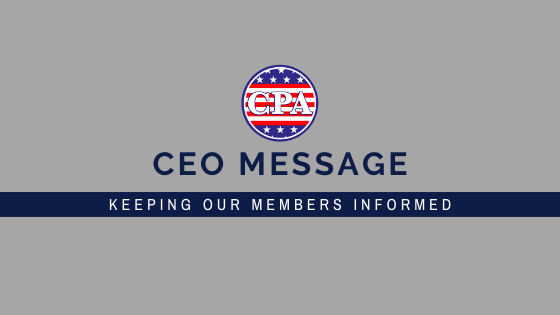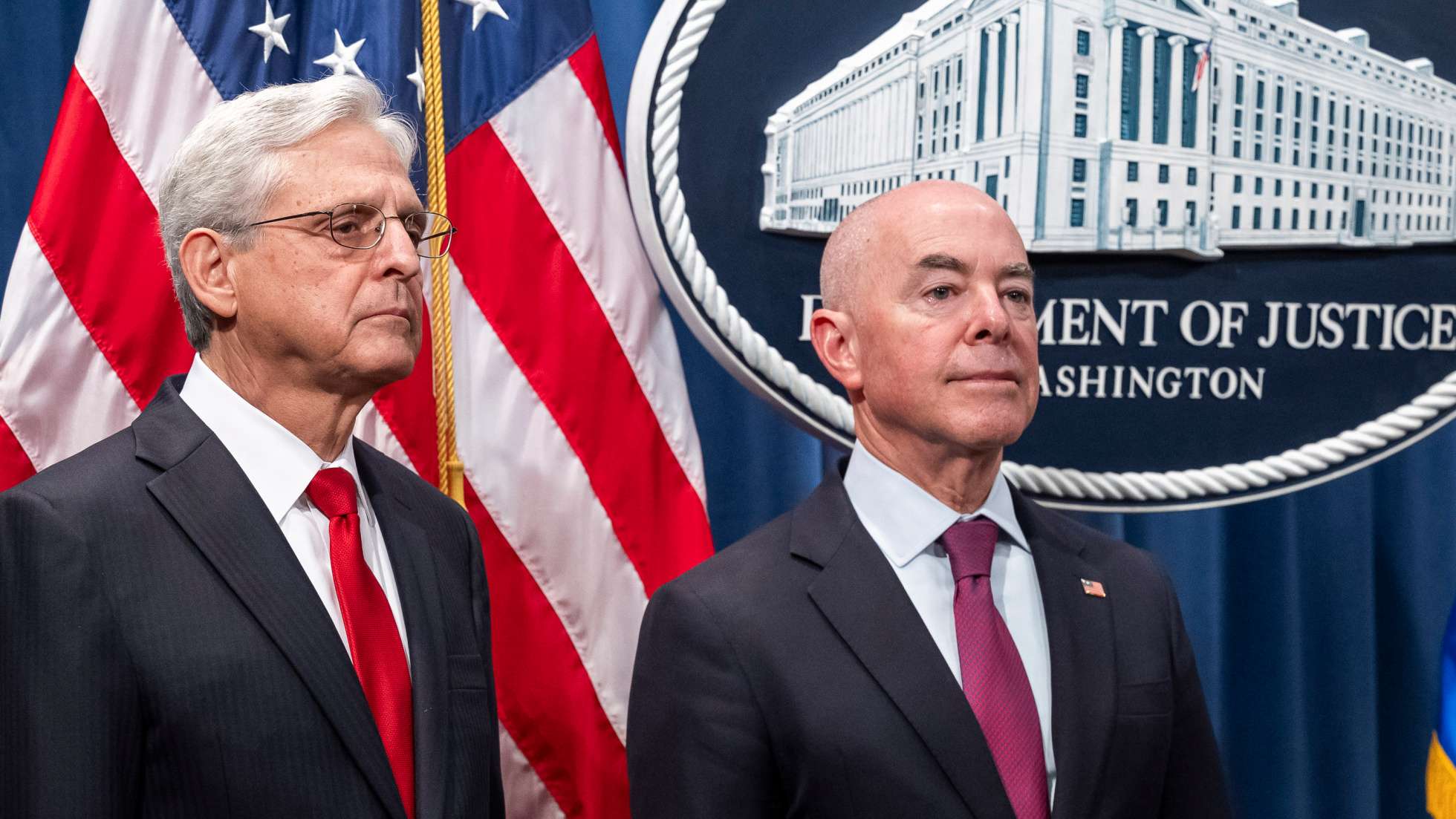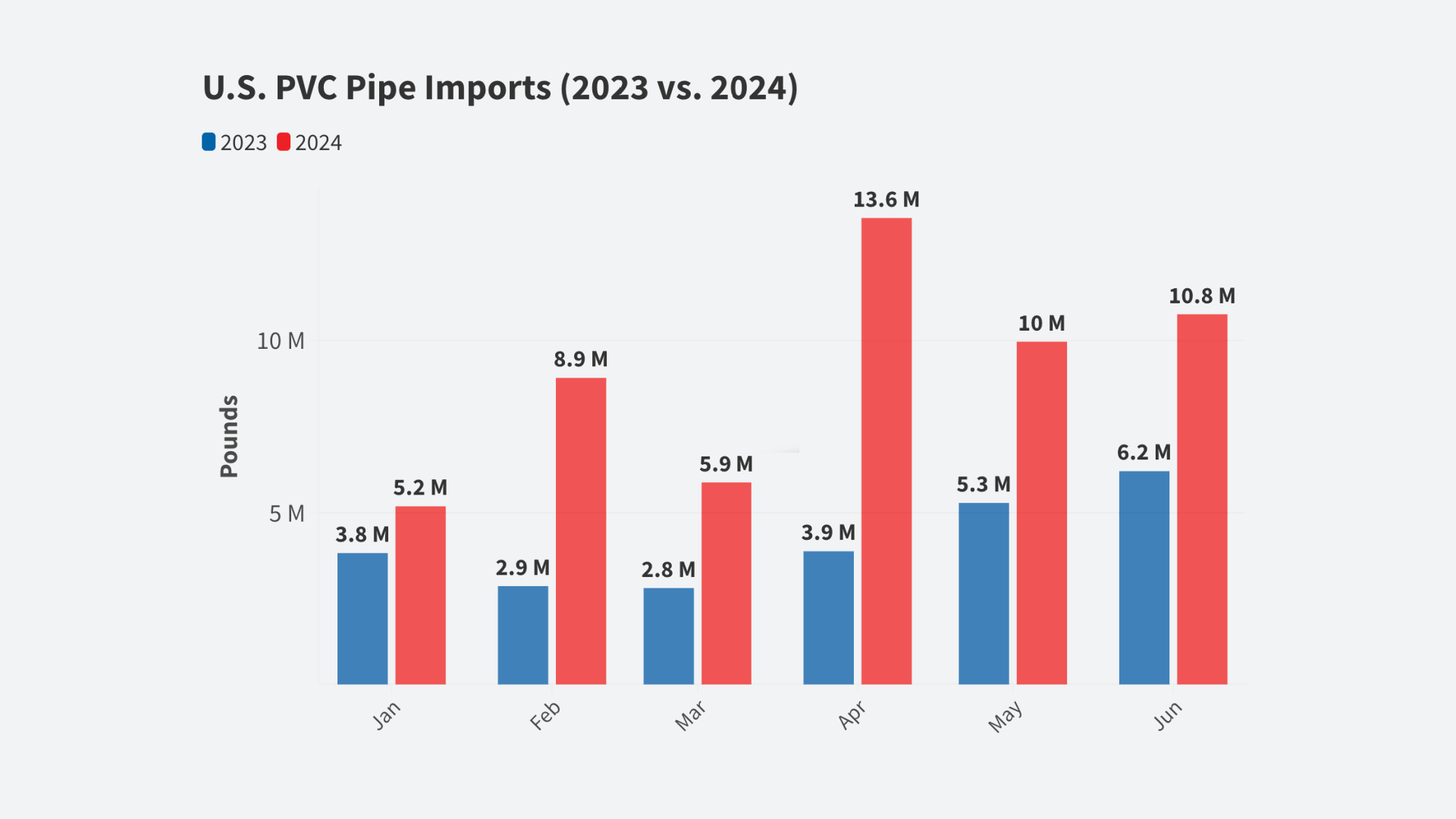from Michael Stumo, CEO
After a call with the White House and Office of US Trade Representative regarding the US-China Phase 1 trade deal today, I would like to share what I have learned with our CPA members.
The agreement has several chapters, the Chinese are translating it into Chinese, and no language has been released. A signing ceremony is expected in early to mid January.
A general description of the Chinese and US commitments, as explained to me, is provided below without further comment.
Chinese commitments.
- Intellectual property: This chapter addresses trade secrets, patents, geographic indicators, trademarks, and pirated and counterfeit goods. For example, China will implement stronger laws for US companies to enforce their rights in China.
- Technology transfer: This chapter contains “general obligations”, including ending the practice of pressuring US companies to transfer tech to get market access or achieve regulatory approvals in China. China will provide due process and also any licensing will be on market terms, not otherwise forced or below market value. China will not support outbound investment by state owned enterprises aiming to acquire US technology for noneconomic reasons. A Phase 2 is expected to gain more specific obligations on tech transfer.
- Agricultural structure: China will eliminate non tariff barriers for a wide range of US agricultural and seafood products.
- Financial services: China will eliminate acts and practices that prevent US banking, insurance and other financial services from competing on a level playing field in China. Foreign equity caps, and discriminatory regulatory practices have been used to keep out US financial services in the past.
- Currency: This chapter prohibits competitive devaluation of currencies. It also provides transparent in monetary movements.
- Expanding US exports: China will – over the next 2 years – increase imports of goods and services over a 2017 baseline by $200B. This will be done broadly across many sectors including manufactured goods, agricultural products, energy and services. The government does not intend to release the numbers on targeted amounts in each subsection because of the risk of affecting commodity market.
- Dispute resolution: This chapter establishes a dispute resolution system which starts with a “hotline” at the staff level. If not resolved the next step is to address it at the deputy level, and then the principal level. If there is still no resolution, then each side can take action that is “proportionate” so that large retaliation does not occur for small breaches of the deal.
US commitments:
- As to tariff lists 1 ($34B China imports at 25% tariff level), 2 ($16B at 25%) and 3 ($200B at 25%), the planned 5% increase to 30% is suspended indefinitely and thus will not go into effect.
- As to tariff list 4A, as to which 15% tariffs were imposed on September 1, 2019, those tariffs will be decreased to 7.5%. Tariff list 4A is believed to affect $120B of imports from China.
- As to tariff list 4B as to which 15% tariffs were planned to be imposed on December 15, that imposition is suspended indefinitely and will not take effect.













